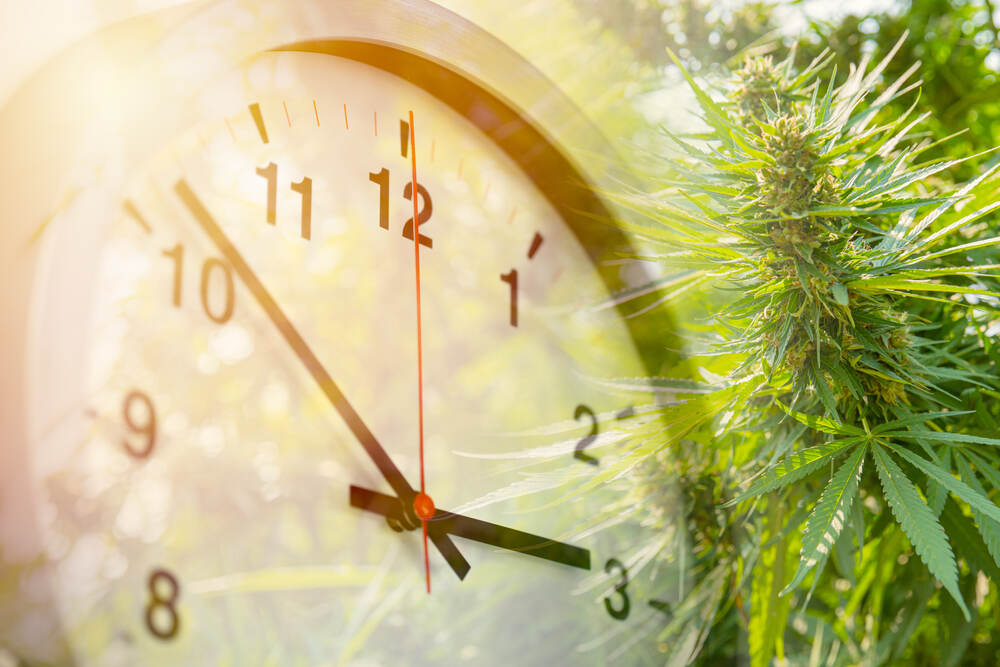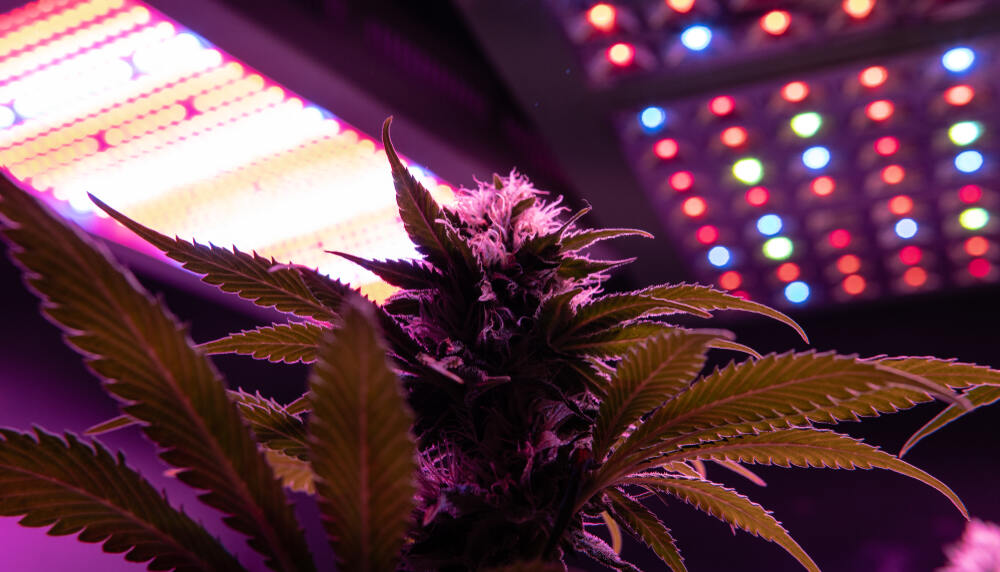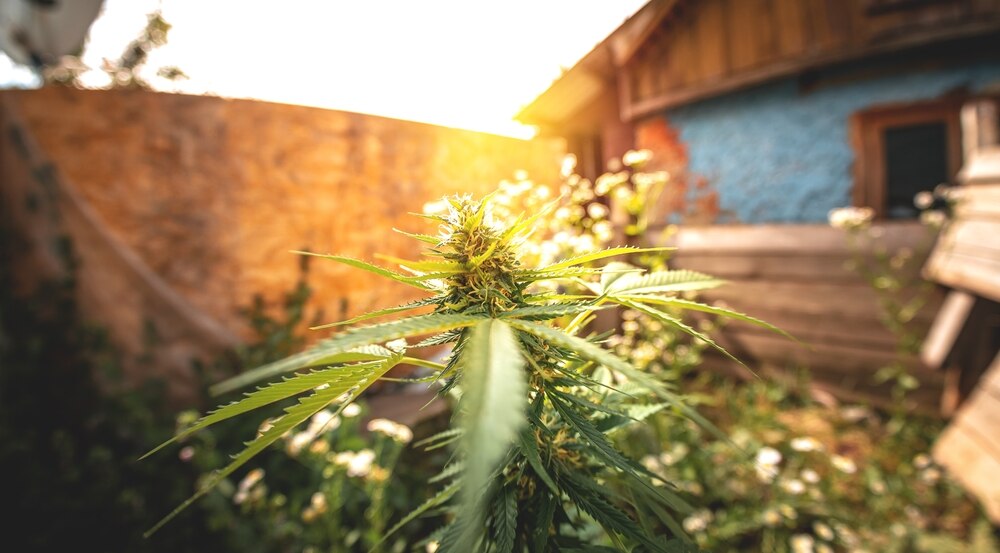The Best Fluffy Pancakes recipe you will fall in love with. Full of tips and tricks to help you make the best pancakes.

What is a Photoperiod Weed Strain?
When you’re getting into growing marijuana, one of the first things you’ll come across is photoperiod weed strains. These are cannabis plants that rely on the natural cycle of light and darkness to determine when to switch from the vegetative stage to the flowering stage. Basically, they start flowering when they receive about 12 hours of uninterrupted darkness. If you’re growing indoors, you’ll need to control their light exposure, but outdoors, they’ll follow natural changes in daylight. Let’s dive into everything you need to learn about photoperiod strains and how they work.
Introduction to Photoperiod Strains
What does “photoperiod” mean in cannabis?
Photoperiod refers to the light-dark cycle that controls the different stages of growth in marijuana plants. Photoperiod weed strains stay in the vegetative phase as long as they get more than 12 hours of light a day. Once they start receiving 12 hours or less of light, they begin the flowering process. This mimics the natural outdoor conditions where days get shorter as seasons change. Indoors, you’ll have to mimic this cycle to control when your plants flower.
Photoperiod versus autoflowering strains
You may be wondering how photoperiod strains differ from autoflowering strains. Autoflower seeds don’t rely on light cycles. They automatically begin flowering after a few weeks regardless of the light they receive. Photoperiod strains, on the other hand, give you more control over the growing process. You can keep them in the vegetative stage longer, which can result in larger plants and higher yields. This makes photoperiod strains a popular choice for growers aiming for bigger harvests of marijuana.
Life Cycle of Photoperiod Cannabis Strains
Vegetative growth under light cycles
During the vegetative stage, photoperiod plants thrive on about 18 hours of light and 6 hours of darkness. This is the stage where the plants focus on growing stems, leaves, and roots to support future bud growth. You can extend the vegetative stage as long as you want by maintaining this light cycle. If you’re aiming for large plants with maximum yield, this is the time to let them grow strong.
Transition to the flowering stage
To trigger flowering, you’ll need to change the light cycle to 12 hours of light and 12 hours of uninterrupted darkness. This signals to the plant that it’s time to start producing flowers (buds). Once the light cycle shifts, the plant stops growing leaves and branches and focuses all its energy on developing buds. Keep in mind that photoperiod plants are very sensitive to any interruptions in their dark period, so be cautious with light leaks during this stage.
Importance of light cycles for photoperiod cannabis
The light cycle is crucial for photoperiod marijuana plants. If you’re growing indoors, you must control the light and dark cycles perfectly. Interrupting the dark period, even for a few minutes, can cause stress and delay flowering. Outdoors, photoperiod plants follow the natural changes in daylight, but make sure they aren’t exposed to artificial light, like streetlights, during the dark phase, as this can disrupt the flowering cycle.

Growing Photoperiod Cannabis: Indoor vs. Outdoor
Indoor growing and light control
Growing photoperiod plants indoors gives you total control over their environment, especially the light. You can decide how long your plants stay in the vegetative stage by controlling the light cycle. Indoors, it’s common to use a light schedule of 18 hours of light and 6 hours of darkness to encourage growth, then switch to 12 hours on and 12 hours off to initiate flowering. This setup also protects your marijuana plants from unpredictable outdoor weather, which can affect their yield.
Challenges of growing outdoors
When you grow outdoors, you’re at the mercy of the seasons and the amount of light each day. The biggest challenge with photoperiod strains outdoors is timing. If you live in a region with short summers, you’ll need to choose strains that finish flowering before the weather turns cold. Another issue is light pollution. Nearby streetlights or even headlights from passing cars can mess up the natural light cycle, preventing your weed from flowering properly.
Common issues: light pollution and timing
Light pollution can be a real headache when growing photoperiod strains outdoors. Something as simple as a porch light or a security light shining on your plants can interfere with the dark cycle, leading to late flowering, smaller buds, or even causing the plant to revert to its vegetative stage. Timing is also key—if your plants start flowering too late in the season, they might not finish before the weather turns bad, impacting your harvest.

Photoperiod Strain Genetics and Varieties
Sativa vs. Indica responses to photoperiods
Sativa and Indica strains respond differently to light cycles. Sativa-dominant plants, which come from tropical regions, are used to consistent light and dark periods. This means they take longer to flower and are less sensitive to changes in daylight hours. Indica plants, however, come from regions where days get shorter more quickly, so they flower faster when the light cycle shifts to 12 hours of light. In general, Sativas grow taller and take longer to flower, while Indicas stay shorter and bushier, making them a favorite for indoor growers.
Hybrid strains: balancing characteristics
Hybrid strains combine both Sativa and Indica genetics, offering a mix of their characteristics. This balance results in strains that flower a bit quicker than pure Sativas but grow larger than Indicas. Hybrids are popular because they offer growers flexibility in terms of growth patterns and effects. You can find hybrids that lean more toward either parent strain depending on your growing needs and the type of high you prefer.
Popular photoperiod strains for beginners and experts
For beginners, some popular photoperiod strains include Northern Lights, Blue Dream, and White Widow. These strains are relatively easy to grow, forgiving of beginner mistakes, and produce solid yields. Expert growers might prefer strains like OG Kush, Super Silver Haze, or Sour Diesel, which require a bit more attention but offer higher potency and yields when grown properly.
Advantages and Disadvantages of Photoperiod Cannabis
Why choose photoperiod strains?
Photoperiod strains offer a lot of control over your growing process. You can decide when the plant flowers, and they typically yield more than autoflowers. Photoperiod strains also tend to have higher THC levels and can be trained for larger harvests. If you’re looking for flexibility and bigger yields, photoperiod marijuana is a great choice.
Potential drawbacks for novice growers
The main drawback of growing photoperiod strains is that they require more effort and attention. You need to manage light schedules carefully, especially indoors, and they take longer to mature than autoflowers. This means more patience is required, and if you mess up the light cycle, it can stress the plant, affecting your yield.
Maximizing yield and potency with photoperiod plants
To maximize the yield and potency of your photoperiod plants, make sure to give them plenty of time in the vegetative stage, use plant training techniques like topping or low-stress training, and stick to a consistent light cycle. Feeding your plants the right nutrients at each stage of growth will also help them reach their full potential, resulting in bigger buds and higher-quality weed.
FAQ
What is the difference between photoperiod and autoflowering cannabis strains?
Photoperiod strains depend on light cycles to flower, while autoflowers start flowering based on age, not light. Photoperiods usually yield more and allow for more control over the growing process.
How long does it take for a photoperiod strain to flower?
Typically, photoperiod strains take 8-12 weeks to flower, depending on the strain and the growing conditions.
Can I grow photoperiod strains indoors without light control?
No. Photoperiod strains need controlled light cycles to trigger flowering. Without the proper light-dark cycle, they will stay in the vegetative stage.
Why do photoperiod plants need darkness to flower?
Photoperiod plants use darkness to trigger flowering hormones. Without enough uninterrupted darkness, they won’t begin flowering.
What are the best photoperiod strains for new growers?
Northern Lights, Blue Dream, and White Widow are great for beginners because they are easy to grow, forgiving of mistakes, and produce good yields.
Photoperiod marijuana strains offer a lot of flexibility and control for growers who want bigger yields and higher-quality buds. While they take more time and effort, the results can be well worth it. Whether you’re growing indoors or outdoors, understanding the light cycles and how photoperiods work will help you maximize your yield and grow some fantastic weed. Happy growing!




